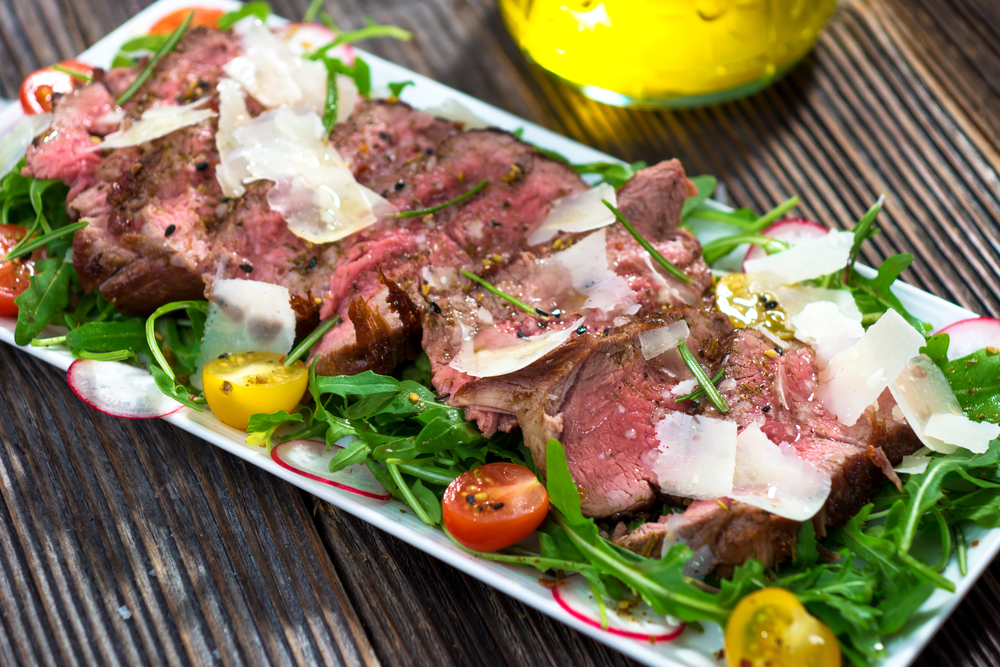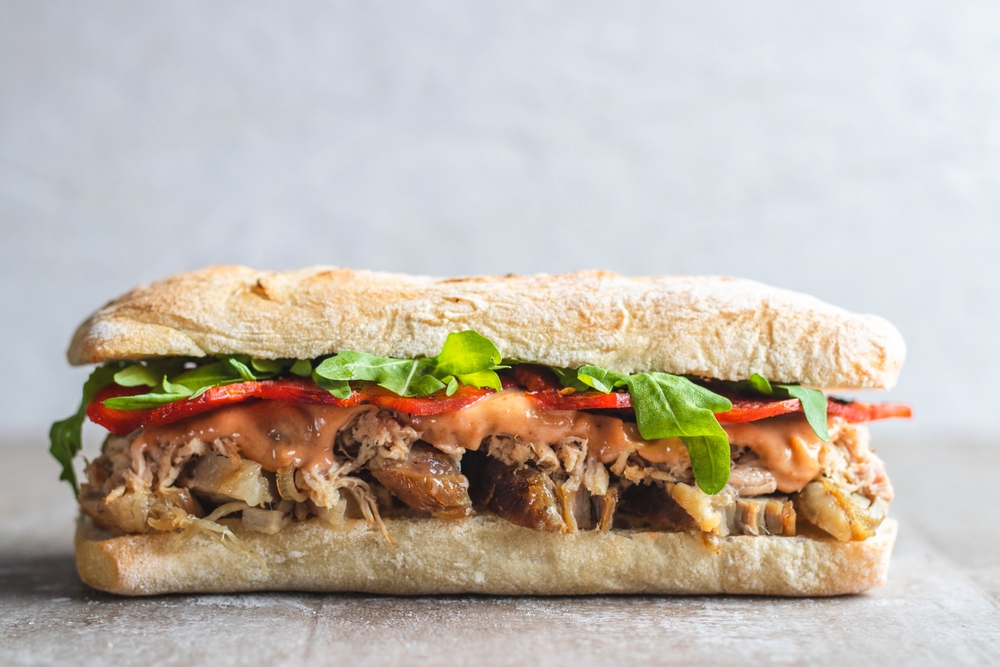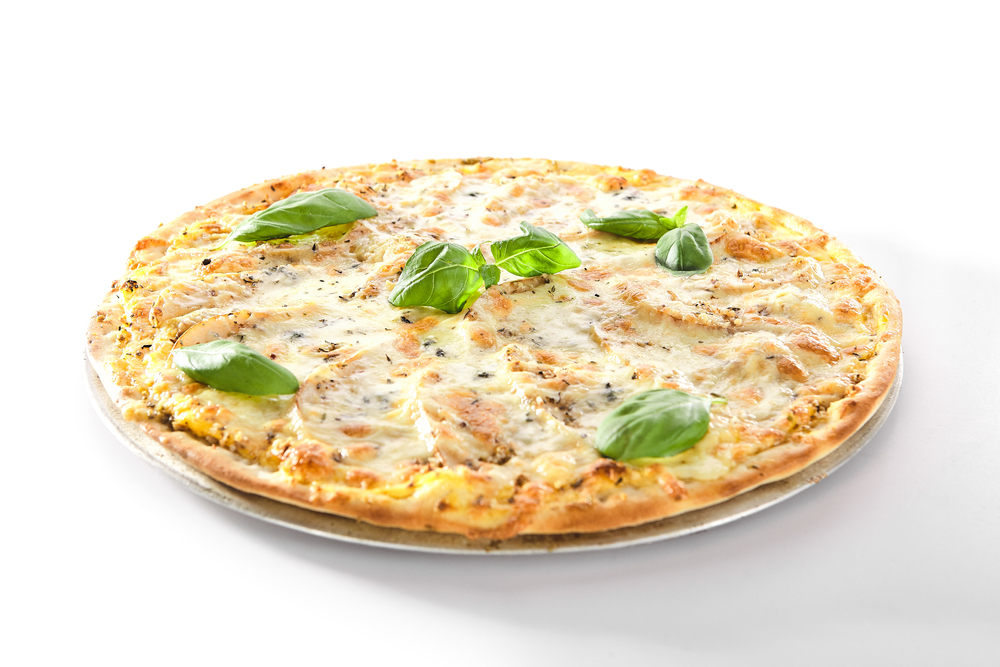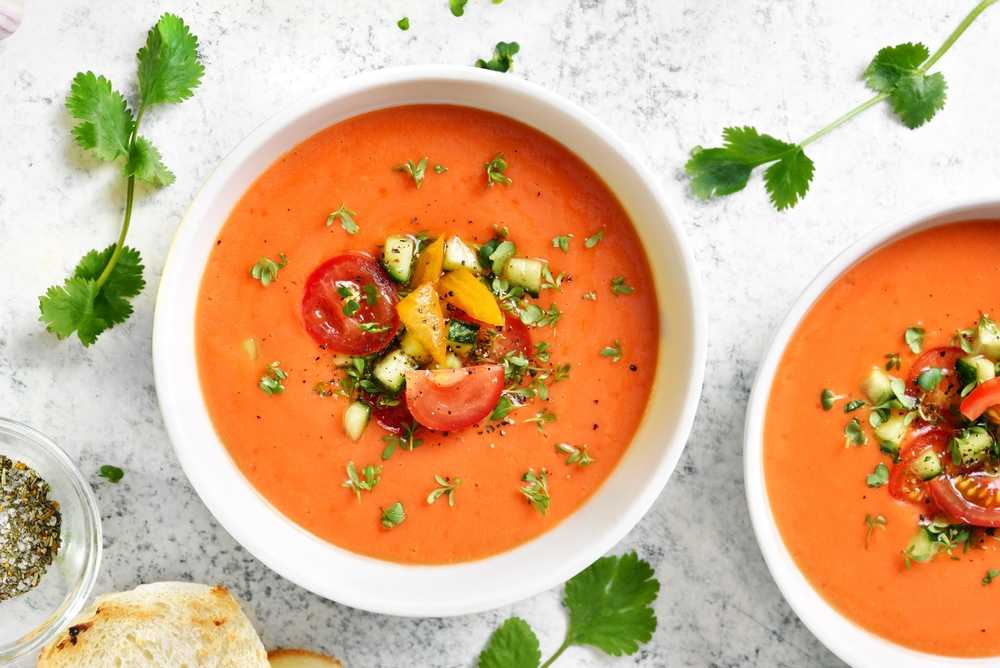
Tagliata: The Ultimate Italian Steak Recipe & Wine Pairing Guide
Introduction
If you’re searching for a showstopping steak recipe that combines Italian elegance with effortless preparation, tagliata deserves a place at your table. This iconic steak dish, beloved in Tuscany and now winning hearts across the United States, brings together juicy, perfectly seared beef, peppery arugula, sweet tomatoes, and the unmistakable umami of Parmigiano Reggiano. What truly elevates tagliata is its natural partnership with wine—each bite calls out for the perfect glass, turning a simple dinner into a restaurant-worthy experience. Whether you’re a seasoned home cook or a curious food enthusiast, mastering tagliata and its wine pairings will transform your next meal into an unforgettable celebration of food and flavor.
About This Dish
Tagliata (pronounced tah-LYAH-tah) literally means “sliced” in Italian, and that’s exactly what sets this dish apart. Unlike most American steak presentations, tagliata steak is always sliced thin, making the most of every tender bite. Originating in Tuscany, tagliata di manzo (beef tagliata) sits at the crossroads of rustic simplicity and refined flavor. Traditionally prepared with a prized cut of Tuscan beef—like Chianina—it’s now made with entrecote, sirloin, ribeye, or New York strip, according to local availability.
Tagliata’s popularity in Italy is rooted in its celebration of quality ingredients and the communal joy of sharing food. It’s a dish often enjoyed al fresco, surrounded by friends, great conversation, and—of course—good wine. The peppery arugula, sweet tomatoes, nutty Parmesan, and splash of balsamic create a harmony of flavors that’s both vibrant and comforting. Its quick preparation means it’s equally suited for a relaxed weeknight dinner or an elegant dinner party centerpiece. As American wine culture grows, tagliata is finding a new home on US tables, paired with both Old World and New World wines, and turning steak night into a true feast for the senses.
Key Ingredients & Their Role
At the heart of tagliata are a few high-impact ingredients, each chosen for their contribution to the dish’s classic flavor profile and their synergy with wine:
- Entrecote (Beef Steak): Also known as ribeye or New York strip, entrecote brings rich marbling, deep beefy flavor, and tenderness—the foundation for that melt-in-your-mouth texture. Searing it quickly over high heat locks in juices and creates a savory crust. The steak’s umami and moderate fat content provide a perfect canvas for both red and white wines, depending on your pairing preference.
- Arugula (Ruccola): This leafy green adds a peppery, slightly bitter note that cuts through the steak’s richness. The fresh, herbal character of arugula refreshes the palate and makes the dish feel light and balanced. Wines with good acidity—like Sangiovese or Pinot Noir—complement this green beautifully by echoing its brightness.
- Parmesan Cheese (Parmigiano Reggiano): Shaved Parmesan provides a nutty, salty, umami punch. Its crystalline texture melts slightly over the warm steak, amplifying savory notes and creating a bridge to the wine’s own umami qualities.
- Romantica (Cherry) Tomatoes: These tomatoes add juicy sweetness and acidity—a key contrast to the savory steak. Their natural sugars caramelize slightly, especially when paired with a drizzle of high-quality balsamic, enhancing both the food and the fruit notes in your wine.
- Truffle Oil & Olive Oil: Truffle oil infuses the dish with earthy, aromatic depth, while extra virgin olive oil brings grassiness and richness. Both oils amplify the flavors of the steak and toppings, and their aromas pair well with earthy reds or mineral-driven whites.
- Pine Nuts: Toasted pine nuts add crunch and subtle, buttery flavors, providing textural contrast and a nutty hint that resonates with barrel-aged wines.
- Balsamic Vinegar: This ingredient adds tang, complexity, and a touch of sweetness, tying together the steak, greens, and cheese. It also highlights the acidity in a well-paired wine, making each component shine.
When these ingredients come together, the result is a dish that’s intensely savory, fresh, and layered—ready to be balanced and elevated by a thoughtful wine match.
Recipe
Ingredients:
- 4 pieces (about 200g each) Entrecote (beef steak)
- 4 cups Ruccola (arugula)
- 100g, shaved Parmesan cheese (Parmigiano Reggiano)
- 250g, halved Romantica tomatoes (cherry tomatoes)
- 2 tbsp Truffle oil
- 1/2 cup Mayonnaise
- 40g, toasted Pine nuts
- 2 tbsp Balsamic vinegar (high quality)
- 3 tbsp Olive oil (extra virgin)
- to taste Salt
- to taste Freshly ground black pepper
- 1 sprig, for garnish Fresh rosemary (optional)
Instructions:
- Prepare the mayonnaise by mixing 1/2 cup of mayonnaise with 1 tbsp of truffle oil. Chill in the refrigerator until ready to serve.
- Halve the Romantica tomatoes and set aside. Wash and dry the ruccola (arugula). Toast the pine nuts in a dry pan over medium heat until golden brown, then set aside.
- Heat 2 tbsp of olive oil in a heavy skillet over high heat. Season the entrecote steaks generously with salt and freshly ground black pepper on both sides.
- Sear the steaks in the hot skillet for 2-3 minutes on each side for medium-rare. For other doneness levels: rare (1-2 minutes), medium (4 minutes), medium-well (5-6 minutes), and well-done (7-8 minutes). Use a meat thermometer to check internal temperatures if needed.
- Remove the steaks from the skillet and let them rest for 5-10 minutes, covered loosely with aluminum foil.
- Arrange a bed of ruccola (arugula) on a large serving platter. Add the halved Romantica tomatoes and scatter the toasted pine nuts on top.
- Slice the rested entrecote steak thinly against the grain. Lay the slices over the ruccola and tomatoes.
- Drizzle the dish with 2 tbsp of balsamic vinegar, remaining 1 tbsp olive oil, and the remaining 1 tbsp of truffle oil. Sprinkle with additional salt and pepper to taste.
- Top with shaved Parmesan cheese. Garnish with a sprig of rosemary, if desired.
- Serve immediately with the prepared truffle mayonnaise on the side for dipping.
Nutrition Facts (per serving):
- Calories: 300 kcal
- Protein: 35.0g
- Fat: 25.0g
- Carbohydrates: 5.0g
- Salt: 1.2g
Dietary Information: Gluten-free, Contains dairy, Contains nuts
Perfect Wine Pairings
Tagliata is a dish made for wine pairing. Its rich beef, peppery greens, and savory cheese call for a wine that can hold its own but also enhance the flavors on the plate. Here’s how to find the best match for your tagliata steak experience:
What Makes a Great Tagliata Wine Pairing?
- Body: Medium to full-bodied reds stand up to the richness of the steak. Avoid overly heavy reds, which may overpower the arugula and tomatoes.
- Acidity: A wine with moderate to high acidity will refresh the palate after each bite, matching the brightness of the tomatoes and balsamic.
- Tannins: Medium tannin structure is ideal—enough to cut through the fat, but not so much that it clashes with the arugula’s peppery bite or the umami of the cheese.
- Aromatics: Earthy, herbal, and savory notes in the wine echo the rosemary, arugula, and truffle oil in the dish.
Top Wine Recommendations
- California Cabernet Sauvignon or Merlot ($15-30)
- Widely available at Total Wine, Trader Joe’s, and BevMo.
- Look for bottles from Napa or Sonoma for plush fruit, balanced tannins, and just enough acidity to complement the steak’s richness.
- Try: Louis M. Martini Sonoma Cabernet (Total Wine, ~$19) or Trader Joe’s Platinum Reserve Napa Merlot.
- Oregon Pinot Noir ($20-30)
- Pinot Noir’s bright cherry, red berry flavors, and earthy undertones make it a fantastic match for tagliata’s arugula and tomatoes.
- The lighter body and fresh acidity let the steak shine without overwhelming the greens.
- Try: Erath Pinot Noir (BevMo, ~$22) or Willamette Valley Vineyards Pinot Noir.
- Italian Sangiovese (Chianti Classico, $16-28)
- The classic Old World wine pairing for beef tagliata—Sangiovese boasts high acidity, herbal notes, and a savory backbone.
- Its cherry fruit and subtle earthiness mirror the dish’s flavors beautifully.
- Try: Rocca delle Macìe Chianti Classico (Total Wine) or Cecchi Chianti Classico (Trader Joe’s).
- Spanish Tempranillo (Rioja, $14-27)
- For those who love a touch of oak and spice, a Rioja Crianza or Reserva offers red fruit, leather, and gentle tannins.
- These wines are food-friendly and widely stocked at local wine shops.
- Try: Campo Viejo Rioja Reserva (Total Wine, Trader Joe’s).
Bonus: White Wine Lovers
If you prefer white wine, opt for a fuller-bodied style like an oaked Chardonnay from California or a white Rioja. Their buttery texture and complex flavors will play well with the Parmesan and truffle oil.
For more personalized wine recommendations, try the Vinomat app—just scan your local wine shop’s shelf (Total Wine, Trader Joe’s, or BevMo) and let Vinomat suggest the best bottles for your tagliata recipe.
Cooking Tips & Techniques
- Choose the Right Cut: Entrecote (ribeye or New York strip) is traditional for tagliata steak, but sirloin, hanger, or flank steak also work well. Look for cuts with good marbling for maximum flavor and tenderness.
- Room Temperature Matters: Let your steak come to room temperature before cooking. This ensures even cooking and a better sear.
- High Heat, Short Time: Use a heavy skillet or grill pan and get it smoking hot. Sear the steak just 2-3 minutes per side for juicy, medium-rare results. Overcooking can make the meat tough and dry.
- Resting is Crucial: Rest the steak for 5-10 minutes after cooking, loosely covered with foil. This locks in juices and makes slicing easier.
- Slice Against the Grain: Always slice tagliata thinly, against the grain. This ensures every bite is tender and easy to eat.
- Quality Ingredients: Use the best extra virgin olive oil, aged balsamic vinegar, and fresh Parmesan you can find. Simple ingredients shine brightest when they’re top-notch.
- Don’t Crowd the Pan: If doubling the recipe, sear steaks in batches to maintain a crisp crust.
- Common Mistakes:
- Overcooking the steak
- Skipping the resting period
- Using low-quality balsamic or olive oil
- Slicing parallel to the grain (results in chewy steak)
By mastering these simple techniques, your tagliata will rival any Italian trattoria.
Serving Suggestions
Tagliata shines when shared. Arrange the sliced steak, arugula, tomatoes, and Parmesan on a large platter for a dramatic, family-style presentation. Garnish with a fresh rosemary sprig and a scattering of toasted pine nuts for color and crunch. Serve the truffle mayonnaise in a small bowl on the side for dipping.
Pair your tagliata with crusty artisan bread or grilled polenta for a complete Italian-inspired meal. For a fresh touch, add a simple salad of shaved fennel or roasted seasonal vegetables. Set the mood with soft lighting, your favorite playlist, and—of course—a bottle or two of your chosen wine pairing.
Whether it’s a casual weeknight dinner or a festive gathering, tagliata is a dish that turns any meal into a celebration. Invite guests to build their perfect bite and savor the harmony of flavors and textures with every glass.
Conclusion
Tagliata is more than just a steak—it’s a celebration of great ingredients, shared moments, and the joy of perfect pairings. As you slice into the juicy steak, gather up some arugula and Parmesan, and raise your glass, you’ll discover why this Italian classic has become a favorite in kitchens across the United States. Let Vinomat be your guide to finding the best wine match, whether you shop at Total Wine, Trader Joe’s, or your local wine merchant. Bring the magic of tagliata and wine pairing to your table, and elevate your next meal into an experience to remember.


